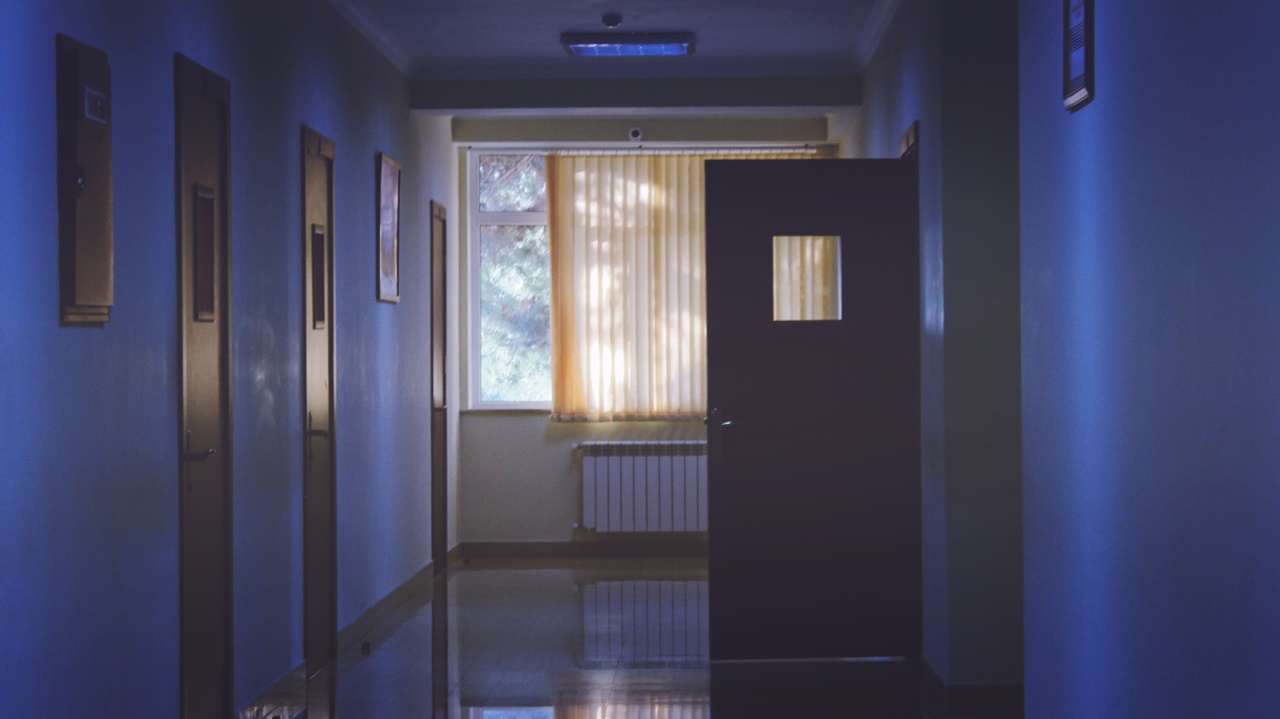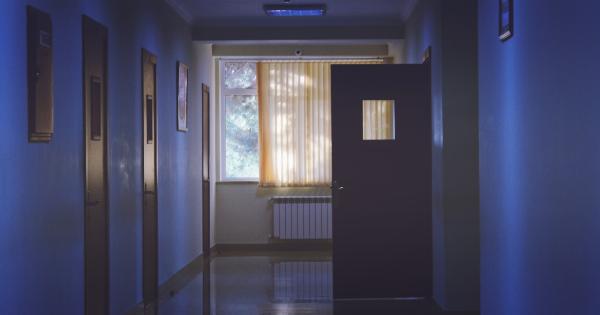When patients enter a hospital room, they expect to receive the best care possible. However, one aspect that often goes unnoticed is the lighting in these rooms.
Hospital rooms are typically equipped with low levels of light, and this can have various hidden reasons behind it. In this article, we will explore the underlying factors that contribute to low light in hospital rooms.
Hospitals’ Focus on Healing
One of the main reasons for low light in hospital rooms is the focus on healing. Hospitals aim to create an environment that promotes rest and recovery for patients. Bright lights can be disruptive to sleep patterns and may cause stress or discomfort.
By keeping the lighting low, hospitals attempt to create a calming atmosphere that helps patients relax and heal.
Reducing Energy Consumption
Another reason for low light in hospital rooms is the need to reduce energy consumption. Hospitals are large energy consumers, and finding ways to cut down on energy usage is crucial to maintaining a sustainable operation.
By using lower light levels in patient rooms, hospitals can reduce their overall electricity consumption and contribute to environmental conservation.
Promoting a Sense of Privacy
Hospital rooms are often shared spaces, and patients value their privacy during their stay. Low light levels can help create a sense of privacy by limiting the visibility of patients from outside the room.
This can contribute to a feeling of comfort and security, allowing patients to focus on their recovery without feeling exposed.
Minimizing the Disruption of Circadian Rhythms
Circadian rhythms are natural biological cycles that regulate various physiological processes, including sleep-wake patterns. Exposure to bright light, particularly during the evening or night, can disrupt these rhythms, leading to sleep disturbances.
By maintaining low light levels in hospital rooms, healthcare providers aim to minimize the disruption of patients’ circadian rhythms, promoting better sleep quality and overall well-being.
Enhancing the Effectiveness of Medical Procedures
Low light levels can also enhance the effectiveness of certain medical procedures. For example, during surgeries or examinations, it is essential for doctors to have optimal visibility without any interference from excessive light.
By keeping the lighting low in hospital rooms, doctors can better visualize and focus on their procedures, ultimately improving patient outcomes.
Preventing Eye Strain and Discomfort
Patients in hospital rooms often spend long periods focusing on various activities, such as reading, watching television, or using electronic devices.
High-intensity lighting can cause eye strain and discomfort, making these activities challenging or even painful. Low light levels help prevent eye strain, creating a more comfortable environment for patients during their recovery.
Creating a Soothing Atmosphere
Lighting plays a vital role in setting the mood and atmosphere of any space. In hospital rooms, where patients may be dealing with pain, anxiety, or stress, creating a soothing environment is crucial.
Low light levels, combined with the use of warmer tones, can help create a more calming and reassuring atmosphere, aiding in the emotional well-being of patients.
Supporting Staff Workflow
Low light levels in hospital rooms can also support the workflow of healthcare staff. Bright lights can cause glares on monitors or equipment screens, making it difficult for doctors and nurses to read or interpret the information they need.
By using lower light levels, hospitals minimize the risk of glare and improve visual clarity, enabling healthcare professionals to provide more accurate and efficient care.
Reducing Noise and Distractions
Alongside low light levels, hospitals also aim to minimize noise and distractions in patient rooms. Excessive lighting, especially when combined with noisy equipment, can create a less peaceful environment.
By reducing the light, hospitals contribute to a quieter atmosphere that allows patients to rest and recover without unnecessary disturbances.
The Role of Patient Preferences
Last but not least, patient preferences play a significant role in the lighting choices made within hospital rooms. Many patients prefer dimmer lighting conditions due to personal comfort, religious or cultural beliefs, or sensitivity to bright light.
Taking patients’ preferences into account helps hospitals provide a more patient-centered approach to their care, ultimately leading to higher satisfaction levels.
Conclusion
The reasons for low light levels in hospital rooms go beyond mere aesthetics. Hospitals focus on healing, energy conservation, privacy, circadian rhythm preservation, and supporting effective medical procedures.
They also aim to prevent eye strain, create a soothing atmosphere, support staff workflow, reduce noise and distractions, and respect patient preferences. By understanding the hidden reasons behind low light in hospital rooms, we can appreciate the thought and consideration that goes into creating an environment conducive to patient well-being and recovery.





























